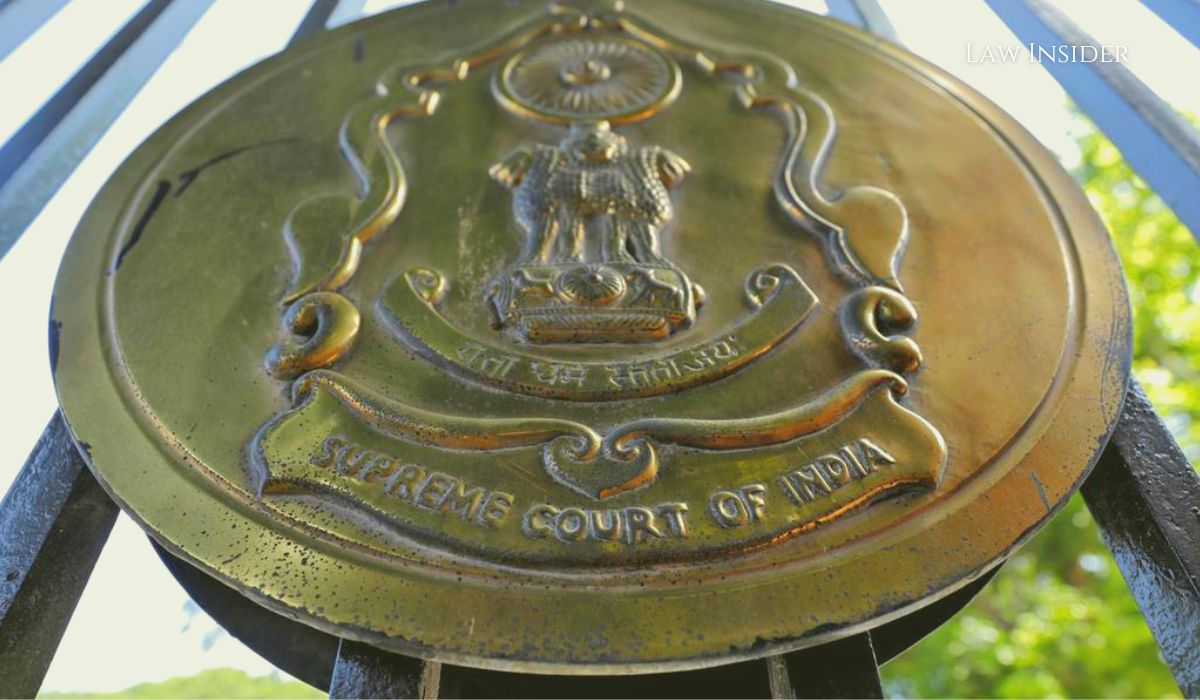Priya Gour
Published on: 2nd September, 2022 at 21:42 IST
The Supreme Court bench of Chief Justice U.U. Lalit and Justice Ravindra Bhat, while hearing a PIL, cited the absence of material evidence where similar rights of administration of religious places were requested for Hindus, Buddhists, Jains, and Sikhs. The plea was seeking similar rights without state interference, as available to Muslims, Parsis, and Christians.
It was filed by former BJP Delhi Spokesperson Ashwini Upadhyay for the unimpeded administration of religious places by the 3 communities as well. It also requested the cancellation of state laws for temple regulation, since they are violative of Articles 14, 15 and 26 of the Constitution.
It was noted that such state control acts should be there for all religions, not just the Hindus. Articles 29 and 30 of the Indian Constitution only grant cultural and educational rights to the minorities. Thousands of temples have been closed in Karnataka itself due to state control.
The petitioner also quoted the Tamil Nadu Hindu Religious and Charitable Endowments (HR&CE) Act, Datar, which lets the state “virtually manage and control the temples.”
The very first act controlling temples came in 1862 for church control, followed by another act in 1883 and then the Madras Act in 1927. They shared similarities in management, audit prescriptions, and personnel appointments. For this, the CJI asked for some material to be presented, which the petitioner failed to do.
“Did you make any representation? Did you call for any such information? Will we just be going on the basis of averments made by you in the petition?…We will be taking cognisance of something whose sweeping statements. We are not saying they’re false statements but at least give some material.”
The petitioners said that there exist larger legal issues to be considered by the court in the matter. The example of Andhra was cited: that there were concrete examples, such as that of Andhra Pradesh, where out of 83000 crores of Tirupathi’s income, 7% was spent.
The bench said, ” So the city of Tirupathi, the town of Tirupathi is benefitted. You have universities, you have whole range of services which have come up. This is also through state enterprise (other than private endowments)…”
“We have colleges in Delhi set up…The point is the scale of offerings, maybe in Tirupathi or even in Shirdi, is so colossal… Are you suggesting that it should be out of the scale of regulation? Or it should be only with those centres?“
Sr. Adv. Sankaranarayanan for the petitioner stated that there is interference by the state, which is not uniform and so, violates the right under article 14. So there is a need for a common charter for religions to be drafted and applied.
The bench to this said, “You are saying that wealth that is generated, nobody is there to regulate, nobody or no law to account to, nobody to audit, and you would be centres of power in your own way…See you can’t compare with other religions. “
Also, Justice Bhat added that, “Today, an 1852 Act is 150 year old history…These temples, these places of worship or denominations, have functioned in a particular way; which means that they have catered to the larger needs of society, not only their temples. After all, why did we have the Inams abolition?”
The court was not satisfied with the argument in the absence of material evidence.
“You are not giving us any kind of figures or violations or infirmities as against a statute and saying that the mandate of the statute is not getting complied…” and so it denied support for the claim.
The court also denied a similar petition for misappropriation of funds during the Chola rule over temples.
“State acts can only be called ‘state-sanctioned violence’ and acquire the colours of apartheid when compared with the rights of other religions.”
The bench had granted a time of two weeks to file materials and listed the matter for September 19th.

